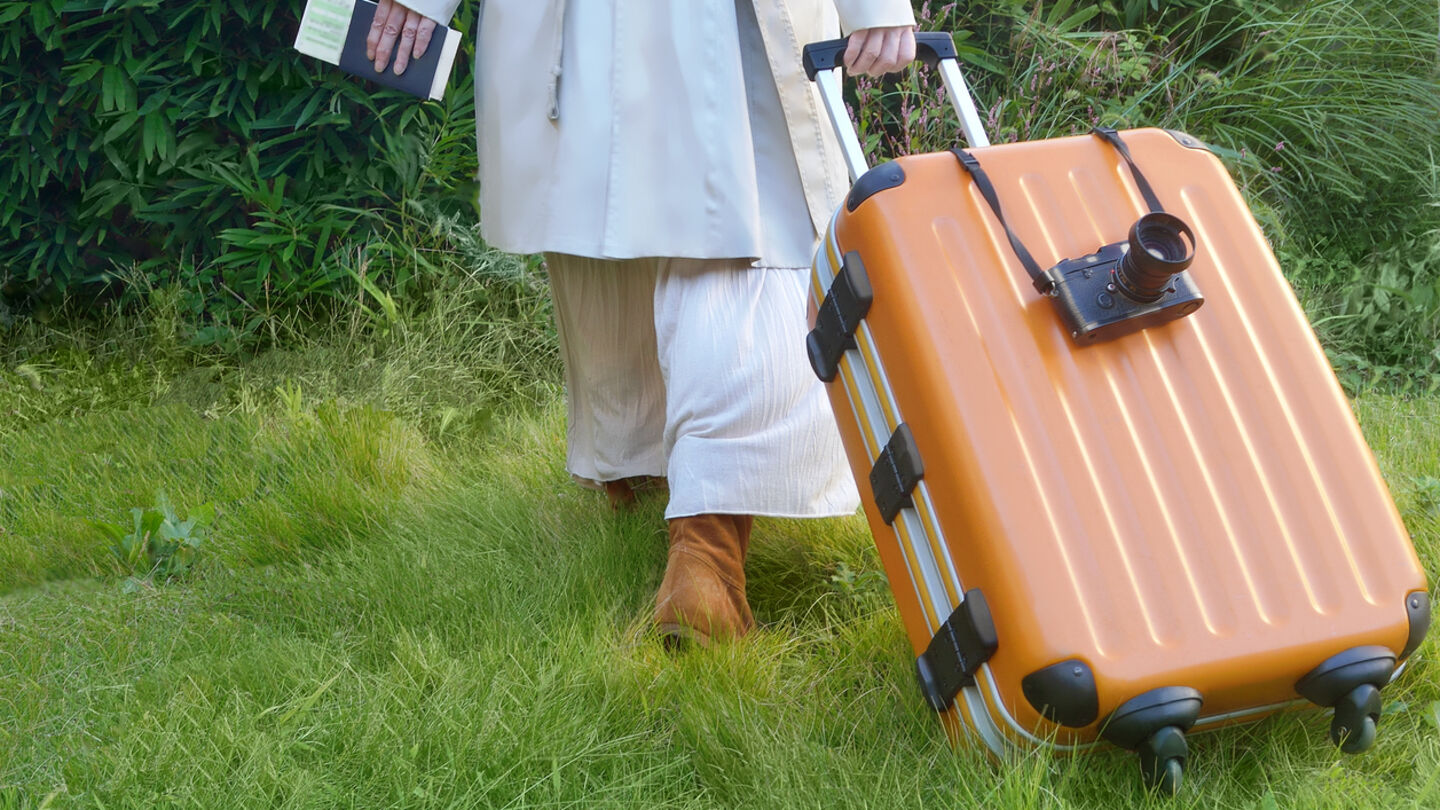
Rathenau: talent isn’t leaking away – scientist come and go
Are top international researchers still willing to come here?
The departure of prominent Dutch scientists often sparks heated debate: “We’re driving them away,” critics say. Others wonder how policies like recognition and rewards and open science affect this trend. Yet according to the Rathenau Institute, the numbers tell a different story: over the past fifteen years, more researchers have come to the Netherlands than have left. There’s no sign of a brain drain.
Concerns about a potential brain drain arise, for example, when universities shift their HR policies to place less emphasis on publishing in prestigious journals and more on teaching, leadership, collaboration with industry, and science communication. This policy, known asrecognition and rewards, sometimes raises fears that the Netherlands could lose its focus on scientific excellence and fall behind internationally. Similar worries surface around open science: why prioritize publishing in open-access journals when subscription-based journals are often considered better for one’s academic reputation?
However, there appears to be little cause for alarm, the Rathenau Institute writes in a new report. Science is a constant flow of people coming and going, but in both numbers and quality, the inflow and outflow of researchers seem to be in reasonable balance — at least between 2008 and 2023. That’s before the government announced its recent budget cuts.
The Rathenau Institute based its findings on the Web of Science database, which tracks how many papers researchers publish and which institutions they’re affiliated with. This allows for mapping scientists’ movements between countries, as well as tracking how often their work is cited by others.
Numbers
Let’s start with the numbers. Slightly more researchers came to Dutch universities and research institutions than left: 17 percent versus 14 percent. That’s comparable to other countries.
Some of those who come to the Netherlands later leave again — about 29 percent within a few years. The reverse also happens: roughly a quarter of those who move abroad return within several years.
During the fifteen-year period studied, the share of international researchers at Dutch universities increased from 40 to 48 percent. Technical sciences were especially successful in attracting talent: 40 percent more researchers came to the Netherlands in that field than left.
Quality
The quality of migrating researchers also matters. It would be unfortunate if top scientists left the Netherlands and were replaced by less accomplished ones. That would be a poor trade.
But that’s not what’s happening, according to the study. To assess researcher quality, the Rathenau Institute looked at citation scores — a common measure of the impact of scientific work. The idea is simple: the more often peers cite your paper, the more influential your research.
Here, too, those coming to and leaving the Netherlands don’t differ much overall. There are, however, some variations across disciplines. Dutch researchers in agricultural sciences have a particularly high citation impact, meaning newcomers to that field tend to score somewhat lower than those who leave. In the technical sciences, by contrast, the opposite pattern emerged in 2023, with higher-impact researchers moving to the Netherlands. That pattern wasn’t as clear in earlier years.
The Rathenau Institute did not include social sciences and humanities in its analysis, as these fields are underrepresented in the Web of Science database.
First measurement
The institute describes this study as a baseline measurement. The international mobility of scientists could shift due to “growing geopolitical instability,” the report’s authors speculate. The recognition and rewards policy — which broadens the definition of academic success beyond scientific excellence alone — could also eventually have an effect.
For now, though, the Netherlands performs about average compared to Germany, France, the United Kingdom, Sweden, and Switzerland. France attracted the fewest researchers, while small Switzerland drew the most. Sweden saw relatively few scientists leave, while the United Kingdom lost more than most.
This article was translated using AI-assisted tools and reviewed by an editor.

Discussion